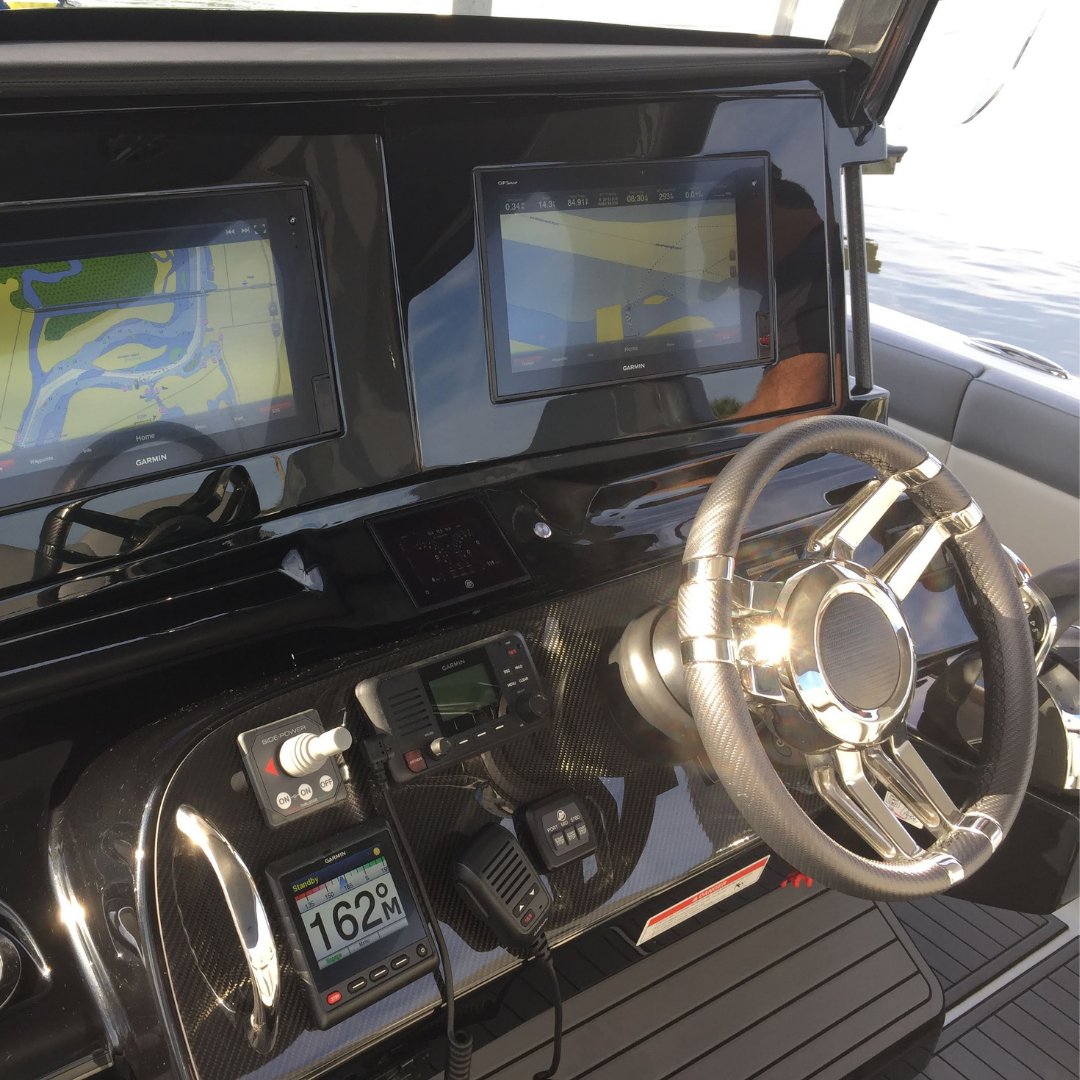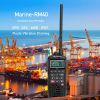VHF marine radio is suited to some boating activities than others

VHF radio is also better suited to some boating activities than others. Making a call by handheld VHF radio for your boating activity.
Powered craft
Always have a handheld, waterproof VHF radio on your person, preferably attached to your lifejacket.
Also carry a registered emergency locator beacon, particularly when venturing any significant distance off the coast. Locator beacons work both at sea and on inland waterways. An EPIRB is preferred, but a PLB is a useful alternative.
If you take a cellphone, keep it dry in a waterproof lanyard bag.
Flares (including electronic flares) and waterproof torches should be considered as part of any emergency communications kit.
Remember to check that marine VHF radio coverage is available in the area where you’re boating.
Non-powered craft
Always have a hand-held, waterproof VHF radio on your person, preferably attached to your lifejacket.
A cellphone is a useful backup, but make sure you keep it dry in a waterproof lanyard bag – and on your person for easy access. Also remember that cellphone coverage is not available in many recreational boating areas.
Small dinghies, kayaks, canoes, inflatables and paddle boarders may choose to carry a registered PLB, worn on their person.
Flares (including electronic flares) and waterproof torches should be considered as part of any emergency communications kit.
Remember to check that marine VHF radio coverage is available in the area where you’re boating.
If you want to know more about handheld VHF marine radio, please contact us anytime. Email: info@reteivsmarine.com or Twitter: Retevis Marine Radio (@RetevisMarine) / Twitter or Facebook: Retevis Marine Radio | Facebook.






